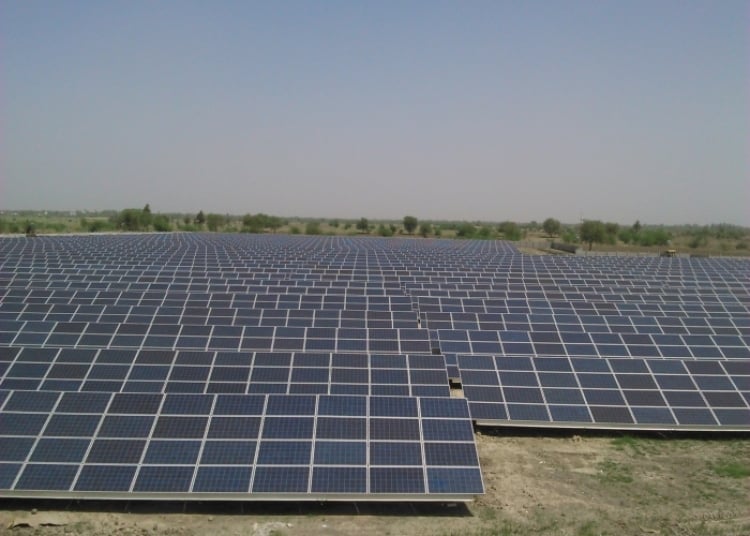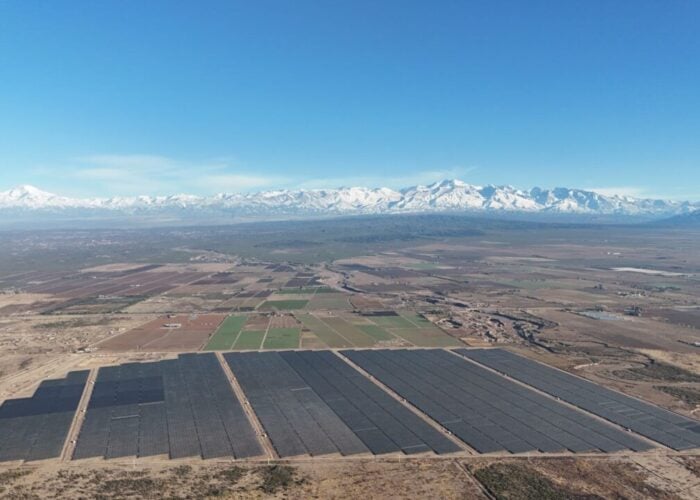
India’s Ministry of New and Renewable Energy (MNRE) has published its latest figures for clean power capacity additions in the country, which show that the country added 15GW of new solar capacity in the 12 months to the end of March 2024.
This year, developers have launched a number of large-scale solar projects in India, including Adani Green Energy’s commissioning of a 551MW project in February, and Tata Power’s launch of the country’s largest solar-plus-storage project in March.
Try Premium for just $1
- Full premium access for the first month at only $1
- Converts to an annual rate after 30 days unless cancelled
- Cancel anytime during the trial period
Premium Benefits
- Expert industry analysis and interviews
- Digital access to PV Tech Power journal
- Exclusive event discounts
Or get the full Premium subscription right away
Or continue reading this article for free
The MNRE’s latest capacity addition figures also compare favourably to historic annual deployment figures from other sources, with the 15GW being the highest for any 12-month period.
As shown in the graph below, India added a total of 13.9GW of new solar capacity in 2022, alongside 10GW in both 2021 and 2023.
While some of the 2023 figure below is counted in the 15GW total – as the graph uses calendar years while the MNRE’s latest figures cover a financial year – there remains considerable new solar capacity being added in India, particularly when compared to other renewable sources, such as wind.
These installations have pushed India’s total operating solar capacity to 81.8GW. Of this total capacity, ground-mounted utility-scale plants account for 64.4GW, over three-quarters of the total capacity. Rooftop solar projects account for 11.9GW; off-grid projects account for 3GW; and what the MNRE calls “hybrid projects,” those that include solar alongside other forms of power generation, account for 2.6GW.
The strong recent addition figures will help India meet its renewable energy capacity target of 500GW by 2030. A report from Ember, published last October, estimates that solar and wind power alone will account for two-thirds of India’s new power generation in the ten years to 2032, encouraging figures considering the government is aiming for renewables to account for half of its total installed electricity capacity by the end of the decade.
However, the Indian solar sector has faced challenges in recent days, including the damage caused to the Omkareshwar Dam floating solar project by a storm. The project, currently under construction and expected to have a total operating capacity of 600MW, will be the world’s largest floating solar project by capacity upon completion. The first part of the plant began operation last week, and this section was damaged by 50km/h winds, suspending production.





